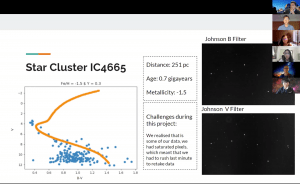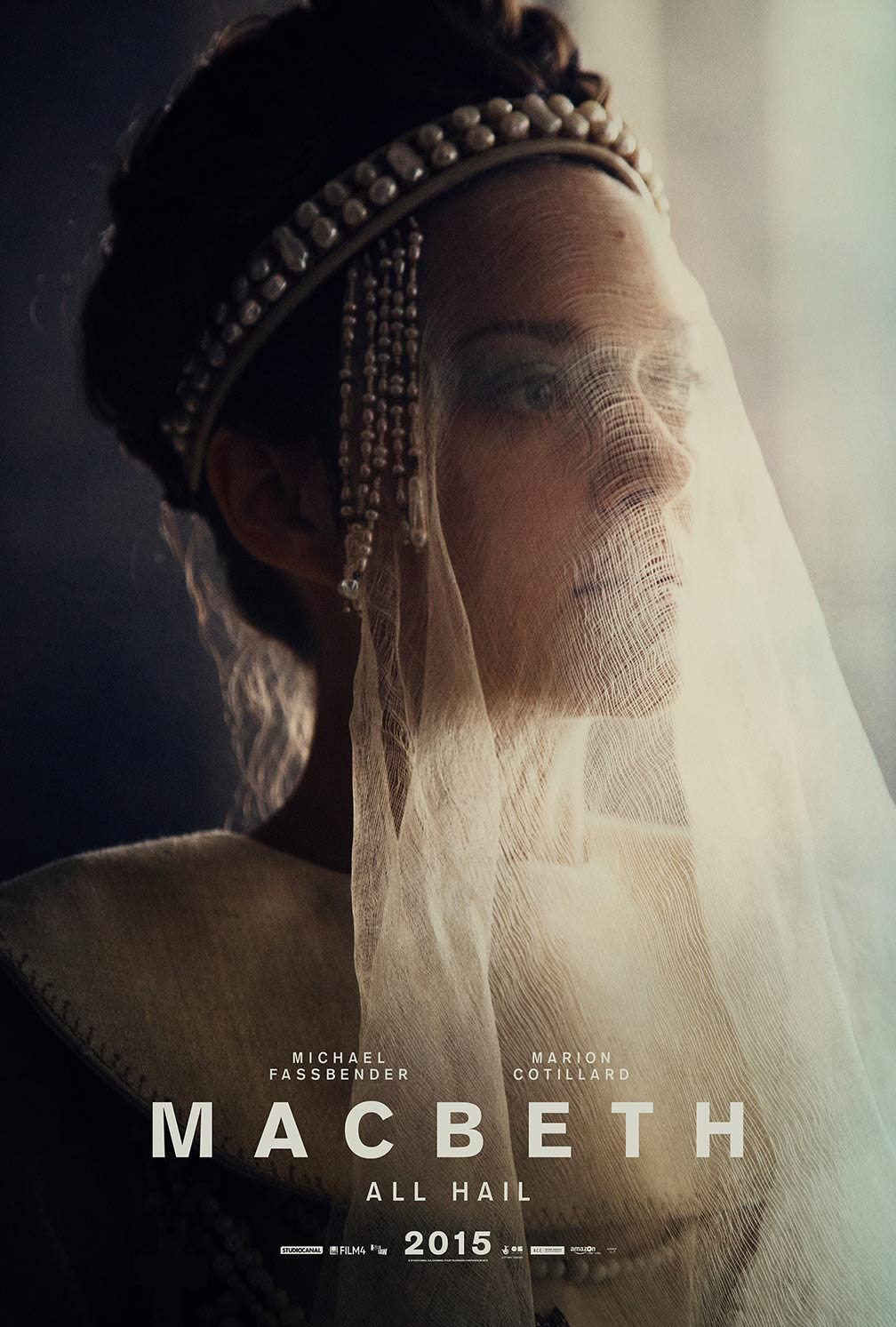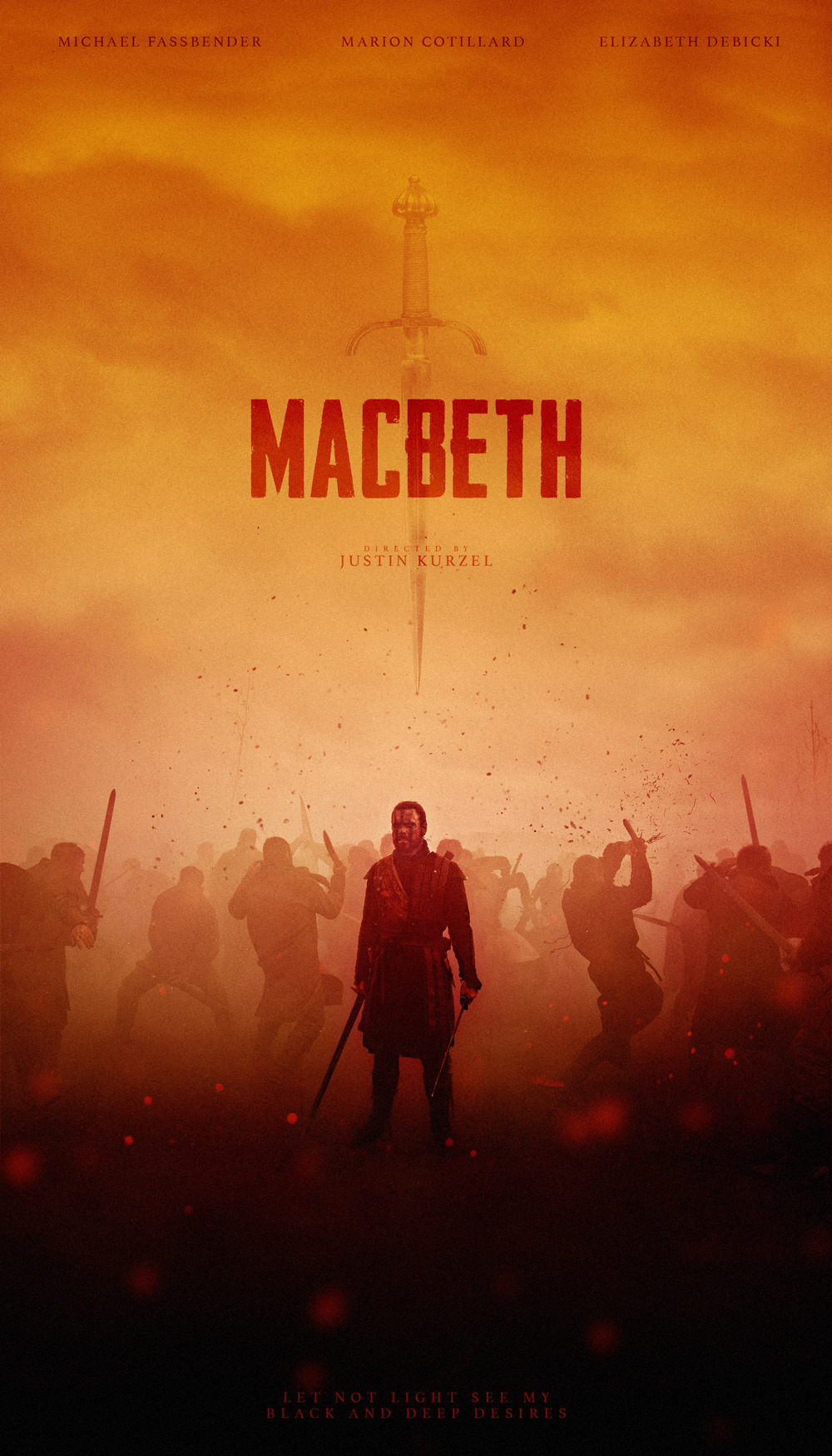Click to view in detail

Starting young, the beauty of astronomy is embedded in our lives. From the lullaby about twinkling diamond-like stars to the mystical starry pictures on our desktops, all of us has an innate appreciation of the universe’s charm. My true inkling towards astronomy started when I began to realise just how much I didn’t know. By signing up for this course, my goal was to not only widen the scope of my knowledge about astronomy (especially about the supernova phenomena) but to also equip myself with the skills to independently acquire and analyse data – giving me the ability to extrapolate my learning in new ways outside of the course. Reflecting back now, the course did this and so much more; it has filled me with a conviction that this is how I would like to continue my studies.
Incorporating styles of teaching from top tier colleges and professional research internships, we covered a vast range of invaluable content in a short span of time: transforming all of us from novice learners to amateur astronomers over the summer. We started with learning the basics of observational astronomy which we used to calculate key physical properties about celestial objects like its distance, size and luminosity. In order to locate them using the telescopes, we utilised a combination of various coordinate systems and models that enables anyone to precisely identify its location in our celestial sphere and beyond. From here, we transitioned into exploring the anatomy of telescopes in terms of the latest optical technology as well as identified misconceptions astronomers have when researching or observing with their own telescope. The exposure to new strategies, like the small-angle approximation method for calculating distance, helped widen the scope of our intuition.
Following this, we delved into the complex science behind the CCD (Charge Coupled Device) Imaging and Calibration processes, even looking into the mechanism details as to how this device produces an image of the incoming light from space through our telescopes. In our pursuit for the most informative and meaningful output from the CCD cameras, it was not only important to learn about ways to mitigate sources of error such as dark noise and saturated pixels, but also apply calibration techniques such as flat-fielding, bining and using filter wheels. To become familiar with these tools, the projects and exercises we engaged in as students of YSPA required the usage of Maxim DL, which is astronomical computer software that incorporates all these features and much more to obtain the most vibrant and clear pictures from our telescopes. In addition to photography, the data collected via the CCD camera was also processed on Maxim DL for identifying specific features of a celestial object(s) such as brightness and fluxes, which is a process called photometry.
The above content largely correlates with the astronomy aspect of the astrophysics course. Now, I will highlight the sequence of physical phenomena we studied that explains the existence and formation of various classes of celestial bodies such as stars, supernovae, planets, and nebulas. The first object we delved into was our very own Sun. By widening our knowledge about the mechanisms with which the Sun uses to sustain itself and generate energy, we were able to extrapolate this information to the analysis of other stars and identify key properties that were measurable by astronomical equipment. Some of this includes its luminosity, chemical composition, surface temperature, spectral type, radius, etc. Furthermore, we also looked into star formation with respect to cases of whether it was a low-mass star or a high-mass star. In our open star cluster project, we developed a Color-Magnitude Diagram (CMD) for star cluster IC4665 and used the graph to calculate the cluster’s distance from Earth, its metallicity (metal abundance in comparison to the Sun) and even its age.
Later as we went to learn about the physics behind supernovae, I was surprised to learn about how supernovae can emit light containing information that can be deciphered by humans to reveal its type and behaviour of the stars before they even explode into a supernova. This was essentially the big idea of our Supernova project where we used original data from the telescopes, used to capture images of the Supernova 2020nyb, and applied various concepts of physics, mathematical formulas and computer algorithms to derive its type. After much data analysis and consideration, my group and I hypothesised it to be a type IIP and have documented our findings on a scientific report. This report was set out in a manner to ensure that students followed strict scientific paper guidelines and format in order to best replicate the process for publishing deep university level research papers. One of the most important skills that emerged from this was that of being concise and accurate when presenting the information.

 YSPA_messiAyyyy_Final_Report (2)
YSPA_messiAyyyy_Final_Report (2)
In the future, the amount of data available to scientists will only grow in size and having the skill to make one’s findings meaningful and interpretable by the large community is of great value even in this day and age. Moreover, this is transferable to any and all areas of expertise given that technology is such an integral part in every aspect of our lives. As a budding scientist, I was also exposed to the significance of considering various factors and uncertainties that can affect predictions and analysis. While it is easy to ignore this when trying to affirm a preconceived notion or idea, the multiple projects that my group worked on taught me how insightful these deviations in numerical data can be to one’s understanding as a whole. With these new-found skills and experiences, I am very excited to integrate them again into my future work.
Whilst there is beauty in simply taking out your telescope and observing the stars, I learned that the true value of these observations can only take form when one applies the above-mentioned concepts in their data collection. The toolkit that this course has helped me build over these 2 months has helped widen the scope of my search for knowledge and will allow me to push the extent to which I pursue personal projects. Along with knowledge, I have also vastly expanded my network due to the numerous collaborations I’ve had with students with the same interests and passion as mine in YSPA. Their work ethic and way of thinking have always left me surprised and inspired by the seemingly endless number of interpretations a theoretical concept or piece of data can have. I am extremely grateful for this opportunity to interact with such a vast range of highly accomplished teachers, mentors and students, for I have learned principles that will last me a lifetime.



 Final Symposium Picture
Final Symposium Picture
